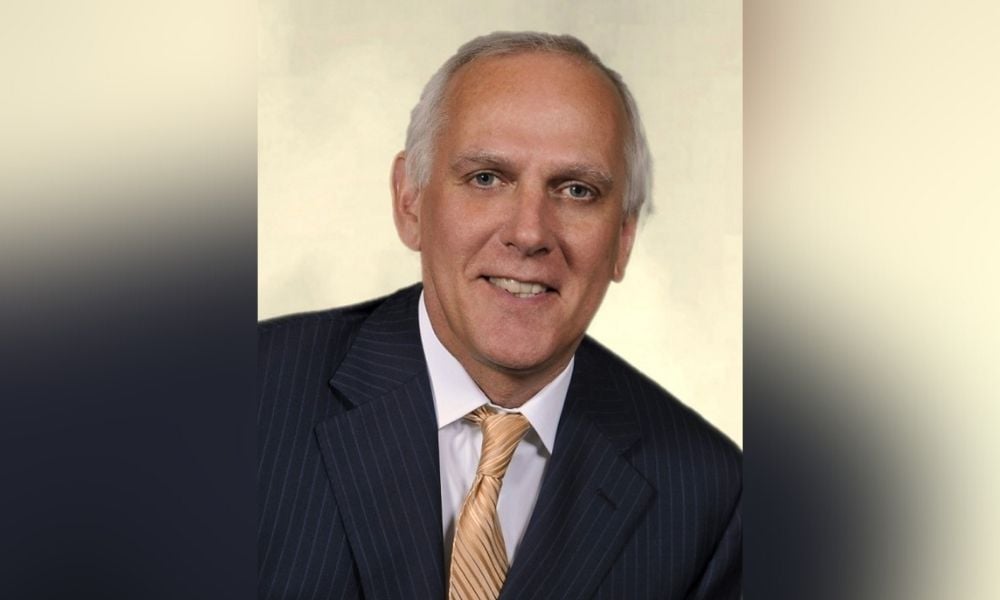Advisor lifts lid on wealth legacy income plan

Given today’s market volatility, currently low interest rates, and rising inflation, how do you protect a retirement portfolio?
David Little, Senior Wealth Advisor for Blue Oceans Private Wealth in Burlington, Ontario, who specializes in retirement planning, told Wealth Professional that he works with a wealth legacy retirement income plan that his office initiated, and he uses an adopted allocation model portfolio theory.
While he traditionally used a 60/40 fixed income to equity model, that hasn’t worked for the last few years since interest rates are so low. So, he’s moved closed to a 25-27% fixed income component with the balance in alternative investments.
He also ensures that his clients have cash wedges in order to ensure their peace of mind.
“A cash wedge would be something that we would set aside with one or two years of client income payments in a high yield savings account, so that money collected today would get .8%,” said Little. “So, we’re not getting a lot of return on that. But, what we’re doing is really providing peace of mind since people’s fear of their portfolio dropping really translates into their fear of their income being compromised.
“By putting that money aside in those cash wedges, they can actually see it on their statements. It brings a very significant level of comfort and peace of mind for them that they know that their income for this particular bad time is protected. And, certainly, in 2022, we’re seeing a little bit of that sort of weakness in the market.”
Little also uses the retirement program to relate clients’ portfolio performance to the long-term. He said that, if he can get a minimum return of 7% over the long-term, he can withdraw all the glide path at a rate of 5.3%.
“I know that as long as I can maintain that 7% return, I can still withdraw 5.3%,” he said, “and a client has never run out of money in my tenure. The oldest client I think we had was 102. So, the cornerstone to this whole process is to make sure that we have the wealth legacy retirement income plan in place, which clients hire us to do for them.”
Little also regularly reviews the portfolios with clients to assure them that they have sufficient income.
“We always relate to the portfolio, not in absolute returns, but in returns related directly to their retirement income plan, and that holds our clients in a very comfortable peace of mind position, without any question,” he said. “That’s really why, in my opinion, we have such a high level of client retention.”
Little said many of his clients have worked with a financial advisor, but then approach him as a retirement specialist. He can still rework some aspects of their plan, even if they are four to five years from retirement. But, he’s especially concerned if they have most of their money in RRSPs, since the government forces them to convert that to a RIF by the end of the year in which they turn 71. RIFs have 20% withdrawal rates, so are eventually depleted.
He said he likes to have most of clients’ money in non-registered plans as it does not have to be withdrawn. He can set up systematic withdrawal plans. He also noted that capital gains are one of the most tax-efficient investments and don’t require the same capital from a non-registered investment as an RRSP because they’re not fully taxable.
Little recommended that those who want to travel when retired ensure they have 100% of their pre-retirement income. He said many people use the equity in their homes to top up their income once they need a retirement home.
He only plans for clients to live to 90, not 100, since “very few live to 100. I’ve only had one client in 35 years hit 100.”
David Little was recognized as the Best Financial Advisors in Ontario. Read the full report here.



